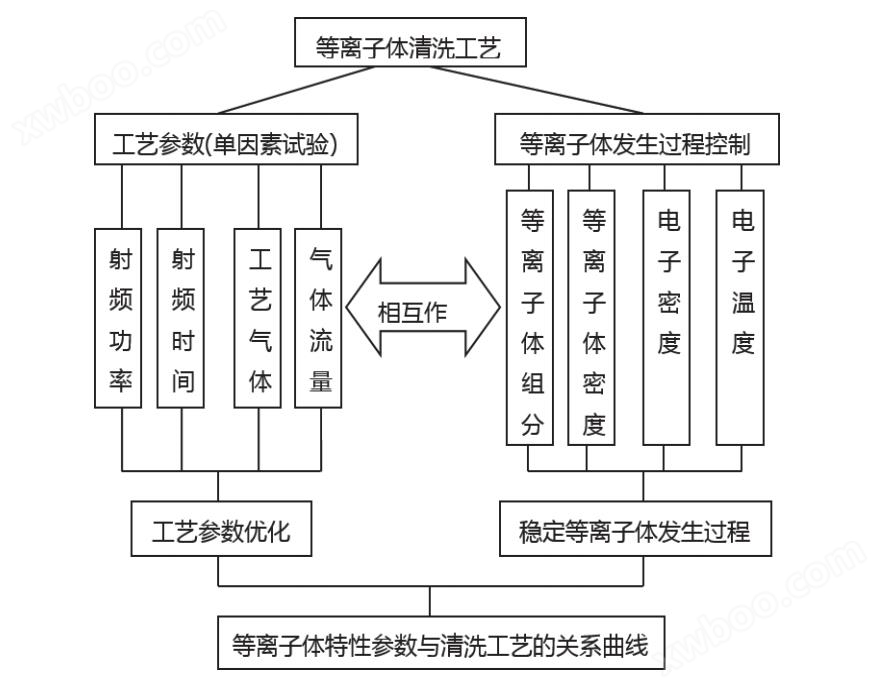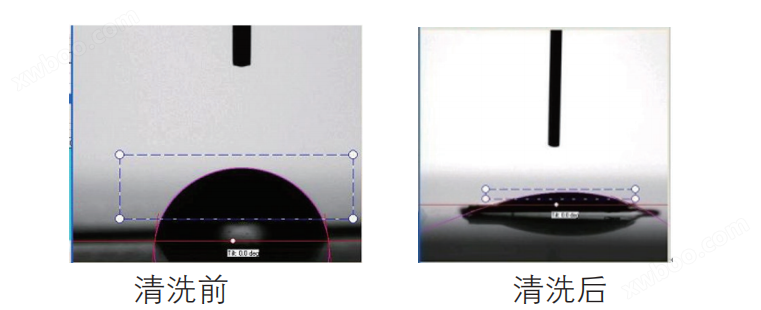400-6505-735
Effects of different process gases on cleaning effect
1) Argon During the physical plasma cleaning process, ions generated by argon carry energy to bombard the surface of the workpiece and remove inorganic pollutants on the surface. During the integrated circuit packaging process, argon ions bombard the surface of the pad, and the bombardment force removes nano-scale pollutants on the surface of the workpiece, and the generated gaseous pollutants are pumped away by the vacuum pump. This cleaning process can improve the surface activity of the workpiece and improve the bonding performance in the package. The advantage of argon ions is that it is a physical reaction, and cleaning the surface of the workpiece will not bring oxides; the disadvantage is that the workpiece material may produce excessive corrosion, but it can be solved by adjusting the cleaning process parameters.
2) Oxygen Oxygen ions react with organic pollutants in the reaction chamber to generate carbon dioxide and water. Cleaning speed and more cleaning selectivity are the advantages of chemical plasma cleaning. The disadvantage is that oxides may form on the workpiece, so oxygen ions are not allowed to appear in wire bonding applications.
3) Hydrogen Hydrogen ions undergo a reduction reaction to remove oxides on the surface of the workpiece. For the safety of hydrogen, it is recommended to use a plasma cleaning process with a hydrogen-argon mixed gas.
Process time
In general, the shortest process time is the basic requirement of customers in order to achieve maximum production capacity. However, process time is not a single factor, and should be matched with parameters such as RF power, chamber pressure and gas type to achieve dynamic balance.
Chamber pressure
The pressure in the reaction chamber is a dynamic balance of process gas flow, chamber leakage rate and vacuum pump pumping speed. The chamber pressure used in the physical plasma cleaning process mode is relatively low. The physical plasma cleaning process requires the excited ions to bombard the workpiece surface. If the chamber pressure is too high, the excited ions will collide with other ions multiple times before reaching the workpiece cleaning surface, reducing the cleaning effect. The distance traveled by the excited ions before the collision is called the mean free path of the ions, which is inversely proportional to the chamber pressure. The physical plasma cleaning process requires low pressure to maximize the mean free path and maximize the collision bombardment. But if the chamber pressure drops too much, there will not be enough active ions to clean the workpiece within the effective time. The plasma generated by the chemical plasma cleaning process reacts chemically with the surface of the workpiece, so the more ions there are, the greater the cleaning capacity, resulting in the need to use a higher chamber pressure.
RF power
The size of the RF power will affect the cleaning effect of the plasma, thereby affecting the reliability of the package. Increasing the plasma RF power is to increase the ion energy of the plasma to enhance the cleaning intensity. Ion energy is the ability of active reaction ions to perform physical work. The setting of the RF power is mainly to achieve a dynamic balance with the cleaning time. Increasing the RF power can appropriately reduce the processing time, but it will cause a slight increase in the temperature of the reaction chamber, so it is necessary to consider the two process parameters of cleaning time and RF power.
Plasma cleaning mode
The mainstream plasma cleaning machine has three types of electrode carriers, which are used as the anode, cathode and suspension electrode of the equipment. Depending on the workpiece, adjusting the electrode carrier can generate two modes of plasma, named direct plasma mode and downstream plasma mode. In the direct plasma mode, the anode and cathode are placed alternately. In this placement mode, all the plasma generated will reciprocate between the positive and negative electrodes, which is a relatively strong bombardment mode. The cleaning workpiece can be placed at the positive and negative electrodes at will. Downstream plasma mode is the placement mode of the anode, cathode and suspension electrode. In this placement mode, positive ions can reach the suspension electrode to produce a cleaning effect. The plasma generated by this placement mode is relatively weak and can be used to process some sensitive components, as shown in Figure 1.
发送反馈
侧边栏
历史记录
已保存
图1等离子体清洗工艺流程图

图2等离子清洗前后接触角对比
About Us
Introduction Culture History HonorNews
News Article VideoService
After-sale ServiceNavigation
ProductsSolutionContact Us 400-6505-735
400-6505-735 CIF WeChat Service Account
CIF WeChat Service Account
 CIF Tiktok
CIF Tiktok